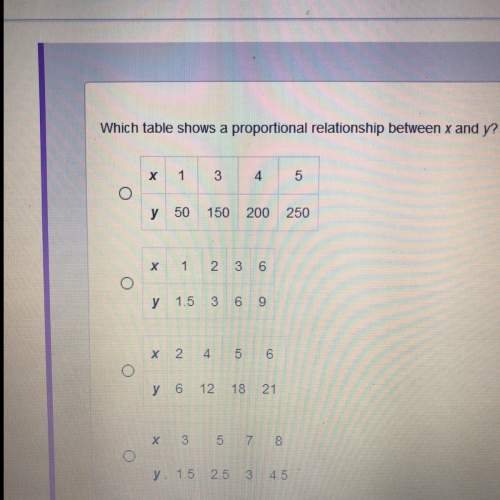
Mathematics, 10.05.2021 19:50 gjvyverman
Data collected from selected major metropolitan areas in the eastern United States show that 4% of individuals living within the city limits move to the suburbs during a one-year period, while 1% of individuals living in the suburbs move to the city during a one-year period. Assuming that this process is modeled by a Markov process with two states: city and suburbs.
a. Prepare the matrix of transition probabilities.
b. Compute the steady-state probabilities.
c. In a particular metropolitan area, 40% of the population lives in the city, and 60% of the population lives in the suburbs. What population changes do your steady-state probabilities project for this metropolitan area?

Answers: 1


Another question on Mathematics


Mathematics, 21.06.2019 22:00
15 points what is the end behavior of this graph? & what is the asymptote of this graph?
Answers: 1


You know the right answer?
Data collected from selected major metropolitan areas in the eastern United States show that 4% of i...
Questions


History, 15.07.2019 10:30

Geography, 15.07.2019 10:30





Social Studies, 15.07.2019 10:30

History, 15.07.2019 10:30

Chemistry, 15.07.2019 10:30


History, 15.07.2019 10:30

History, 15.07.2019 10:30

History, 15.07.2019 10:30

Biology, 15.07.2019 10:30


History, 15.07.2019 10:30

Mathematics, 15.07.2019 10:30

History, 15.07.2019 10:30




